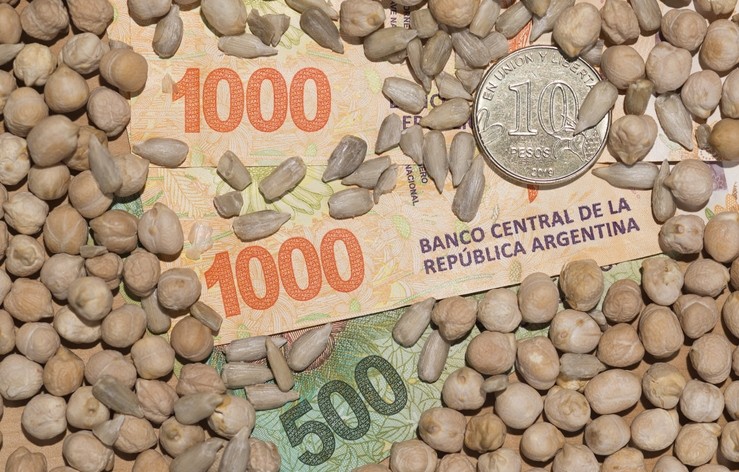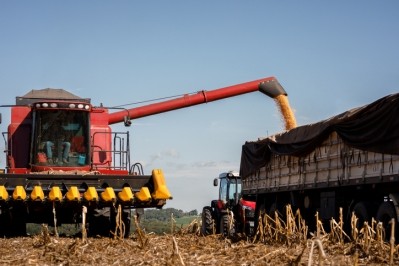Argentina: Government incentive propels soybean sales to record high

As a result, exporters booked nearly 4m Mt in export declarations, with China as the principal destination, found a US Department of Agriculture (USDA) Foreign Agricultural Service (FAS) report.
Soybeans and its byproducts, soybean meal and oil, account for more than half of Argentina’s exports and, in recent years, have accounted for almost two-thirds. Exports of these products are thus the largest single source of foreign currency for Argentina’s Central Bank (BCRA), noted the FAS publication.
In late July, the BCRA announced a new program intended to encourage farmer selling but it did not take off. As BCRA reserves declined further in August, the government designed a new incentive structure, hitting upon the idea of setting a temporary exchange rate for soybean exports of 200 Argentine Pesos per US$1 from September 5-30, 2022.
When the new finance minister, Sergio Massa, announced this so-called ‘soy dollar’ he said the aim was to encourage the sale of US$5bn worth of soybeans, which would translate to around 8.3m Mt. But after the failure of the initial BCRA sales incentive program, many private sector observers were skeptical that the new program would meet its goals.
Farmers, however, took advantage of the offer in their droves, with the price of a metric ton of soybeans rising from 52,000 pesos to nearly 72,000 pesos as the measure took effect, noted the USDA team.
“The Rosario Grain Exchange reported that in September, the number of trucks entering the Rosario port regions was 120% higher than the average of the previous three months.
“According to the Argentinian government, over the course of the program, farmers and farm businesses sold US$8.1bn or 13.7m Mt worth of soybeans. Of this total, about 73% were new sales and 27% were price agreements, where farmers accepted a fixed price on soybeans they had already delivered to ports or elevators.
“The effect of the sudden onrush of soybeans strained logistics and lowered prices for soybeans both in the domestic and international market.”
Sales to China
Prior to this time, Argentinian soybeans were largely out of the market as they were less competitive than Brazilian or US beans, commented the authors.
"In a normal year, most Argentinian beans are taken by the local processing sector and the resultant meal and oil are exported, and only about 15% of production is usually exported as whole beans.
“From January 1 to August 31, 2022, only 1.7m Mt of whole soybean exports were registered with the Argentinian government. In September 2022, 3.98m Mt were registered for sale.
"Though export declarations aren’t required to list destinations, industry contacts believe that the vast majority of these soybeans were destined for China.”
Due to this change in government policy and resulting sales, the USDA FAS team is raising its MY2021/22 export forecast for the Latin American country to 5.5m Mt, which is 3.25m Mt higher than official USDA figure.
Crushing volume estimates
Crush estimates for Argentina are lowered to 37.5 MMT, based on the current pace of crushing and expected fall in monthly crush volumes after the industry finishes processing the new influx of soybeans.
“Though crush margins improved as widespread selling drove the price of soybeans down, crushers are closely watching declining edible oils prices, since high oil prices have helped support the complex.”
The USDA FAS report also puts soybean ending stocks lower - they are estimated at 5.7m Mt, which is 1.2M mt below the official USDA figure. “This would be the lowest level of ending stocks in Argentina since MY 2012/13.”
The country's soybean production for MY 2022/23 is reduced to 49m Mt, due to lower than anticipated area switching from corn to soybeans. “However, farmers may still make changes if dry weather persists.”








